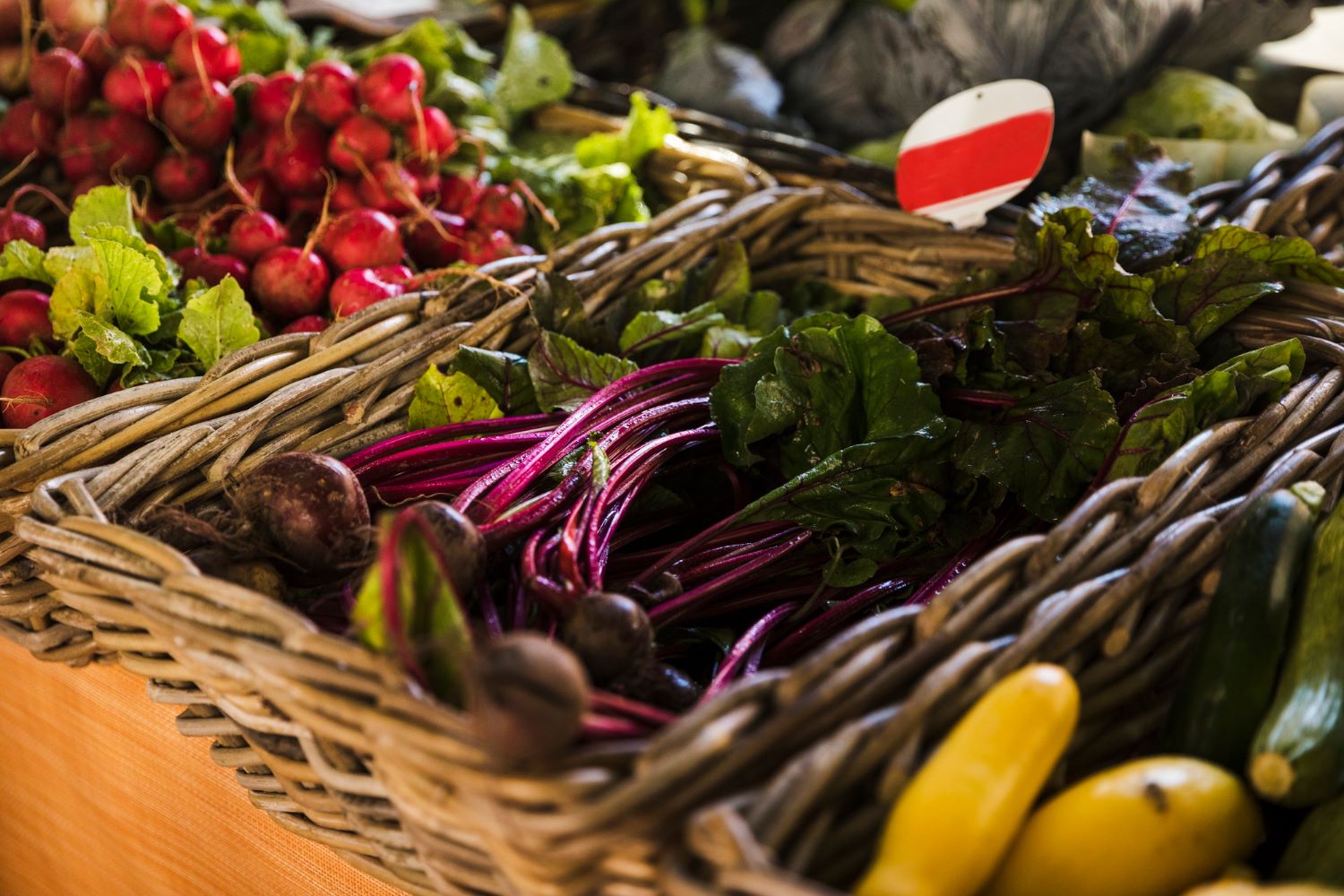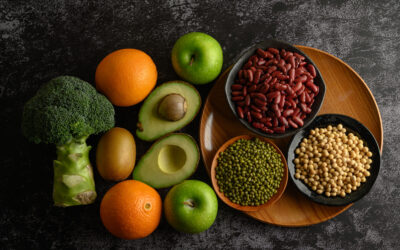In an era where environmental concerns are at the forefront of global discourse, sustainable eating has become a major trend. More consumers are becoming conscious of how their food choices impact the planet. Sustainable eating involves selecting foods that are healthy for our bodies and have a minimal environmental footprint. This blog explores the impact of food choices on the environment and provides practical tips for sustainable eating.
The Environmental Impact of Food Choices
The food we consume affects the environment in several ways, including greenhouse gas emissions, water usage, land use, and biodiversity. Here’s how different food choices impact the planet:
- Greenhouse Gas Emissions: Agriculture is a significant source of greenhouse gases, particularly methane from livestock and nitrous oxide from fertilized soils. Reducing meat consumption can lower these emissions.
- Water Usage: Some foods require more water to produce than others. For example, producing a kilogram of beef can use up to 15,000 liters of water, while a kilogram of vegetables uses much less.
- Land Use: Deforestation for agricultural purposes leads to habitat loss and decreased biodiversity. Choosing sustainably sourced foods can help preserve natural ecosystems.
- Biodiversity: Monoculture farming practices reduce biodiversity, making ecosystems more vulnerable to pests and diseases. Diverse, organic farming practices support healthier ecosystems.
Practical Tips for Sustainable Eating
1. Eat More Plant-Based Foods
Incorporating more plant-based meals into your diet can significantly reduce your environmental footprint. Plant-based foods generally require fewer resources to produce and emit fewer greenhouse gases compared to animal-based foods. Consider incorporating more vegetables, fruits, legumes, nuts, and whole grains into your meals.
2. Choose Seasonal and Local Produce
Eating seasonally and locally reduces the carbon footprint associated with transporting food long distances. Seasonal produce is fresher, often more nutritious, and supports local farmers. Visit your local farmers’ market to find fresh, seasonal produce.
3. Reduce Food Waste
Food waste contributes to unnecessary greenhouse gas emissions. Plan your meals, store food properly, and use leftovers creatively to minimize waste. Composting organic waste can also reduce the amount of waste sent to landfills.
4. Opt for Sustainable Seafood
Choose seafood that is sourced sustainably to protect marine ecosystems and ensure the longevity of fish populations. Look for certifications like the Marine Stewardship Council (MSC) label when purchasing seafood.
5. Support Organic and Regenerative Agriculture
Organic farming practices avoid synthetic fertilizers and pesticides, which can harm the environment. Regenerative agriculture goes a step further by focusing on soil health, biodiversity, and carbon sequestration. Supporting these practices promotes a healthier planet.
6. Consider Packaging
Opt for products with minimal or eco-friendly packaging. Single-use plastics and excessive packaging contribute to pollution and environmental degradation. Choose bulk items, reusable containers, and brands that prioritize sustainable packaging.
Sustainable eating is about making mindful food choices that benefit both your health and the planet. By incorporating more plant-based foods, choosing seasonal and local produce, reducing food waste, opting for sustainable seafood, and supporting organic and regenerative agriculture, you can make a positive impact on the environment.
For personalized guidance on sustainable eating and other nutritional strategies, consider booking a consultation with a nutritional therapist or health coach at New Vitality. Our experts can help you develop a tailored plan that aligns with your health goals and supports environmental sustainability.
Ready to make environmentally friendly food choices?
Book your consultation with Jill Dempsey, registered Nutritional Therapist & Health Coach (mNTOI) at New Vitality today.



